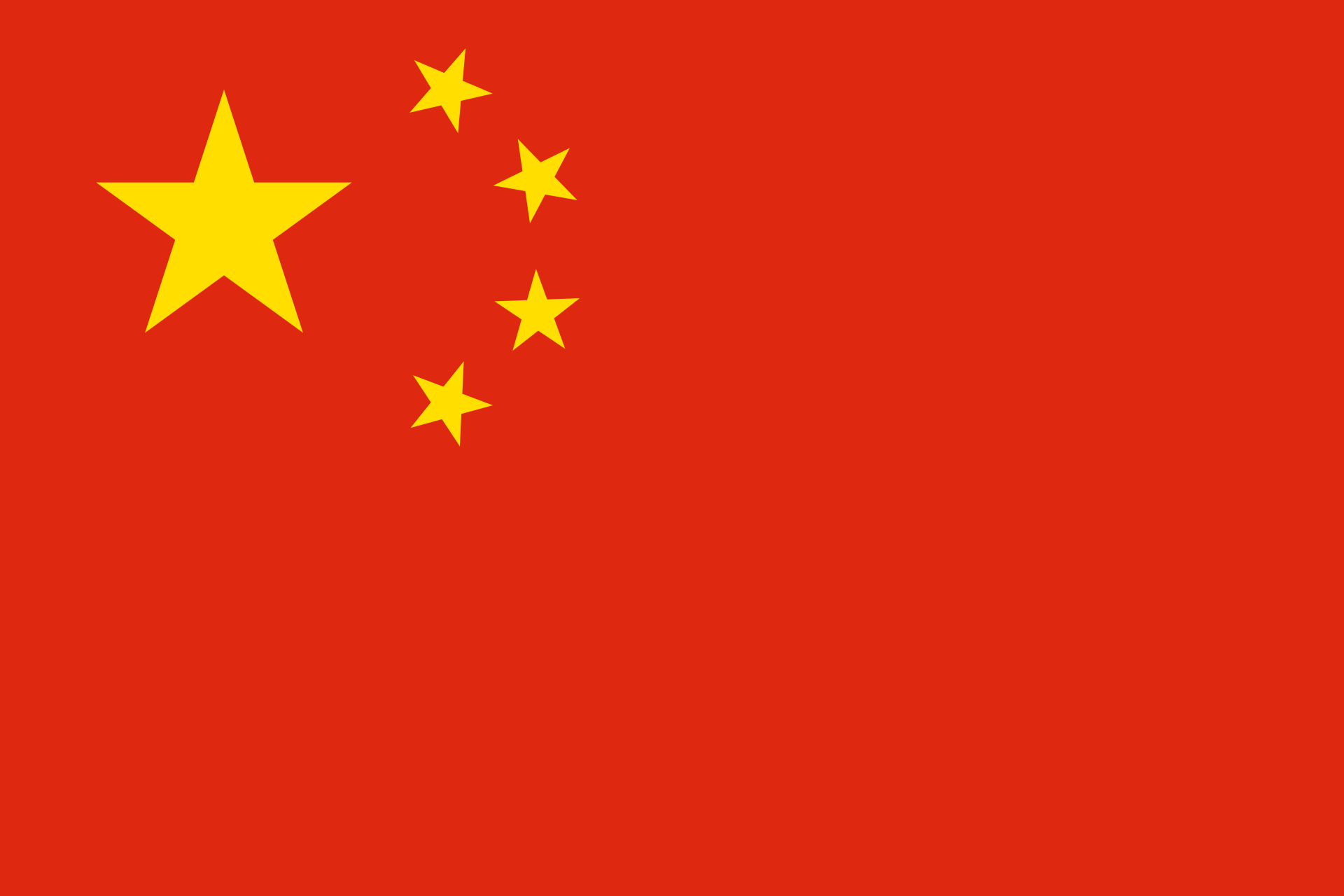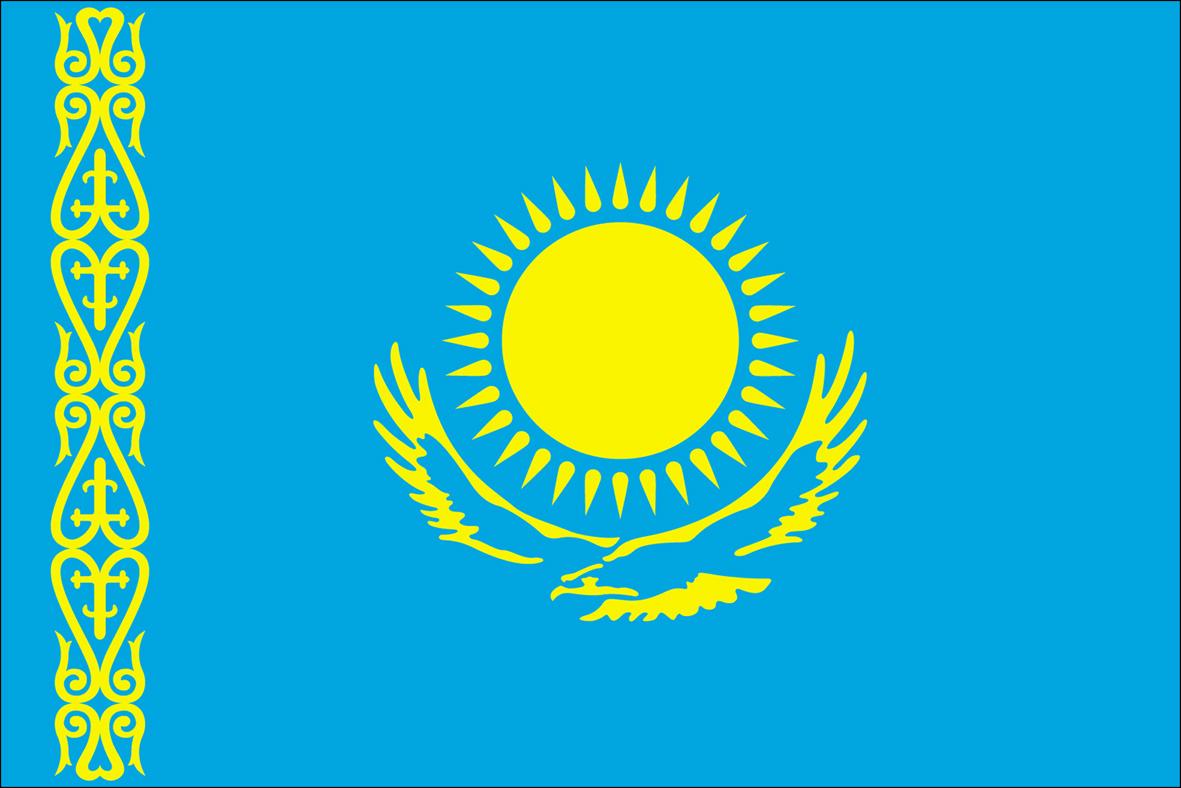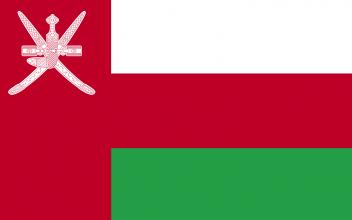This biosphere reserve is located in the vast Delta of the Ganges, south of Calcutta and bordering Bangladesh in the east. Sunderban is the largest contiguous mangrove area (along with Bangladesh) in the world. It represents the largest mangal diversity in the world with 81 mangal plant species and it provides habitat for the threatened Royal Bengal tiger (Panthera tigris tigris). The core area (Sunderban National Park) has been designated as a World Heritage site.
Hurulu Biosphere Reserve comprises 25,500 hectares within the tropical dry evergreen forest in Sri Lanka. A dry monsoon type climate prevails with mean annual precipitation of 1,600 mm and a mean annual temperature of 27,3°C. Dominant plant species are Setinwood (Chloroxylon swietenia) and Palu (Manilkara hexandra) together with the ebony tree (Diospyros ebenum).
Puerto Galera Biosphere Reserve is situated on Mindoro Island, about 120 km south of Manila. Its 23,200 hectares make up the northern tip of Mindoro Island and are bounded to the north by the Verde Island Passage, to the west by the Camarong River and to the east by the municipality of San Teodoro.
Ecosystems represented here are savannas and grasslands, dipterocarp forests, mossy forests, mangrove, coral reefs and coastal ecosystems as well as agroforestry systems.
The Mount Kuwol Biosphere Reserve, situated on the west coast of the Democratic People’s Republic of Korea and 100 kilometres south-east of Pyongyang, consists of a 954 meter-high mountain, adjacent coastal wetlands, lagoons and river estuaries, and agricultural areas. Both the core area and the buffer zone are part of the Mount Kuwol Nature Reserve, which was designated in 1976.
The Tuscan Islands Biosphere Reserve consists of an archipelago in the Tyrrhenian Sea composed of seven main islands and a few isolated islets. It represents an interesting system in the Mediterranean Region encompassing a wide range of geological, geomorphological and biological diversity. Islands are covered by sclerophyllous evergreen forest, Mediterranean pine woods, maquis, scrub and hardwood forest with deciduous oaks and chestnuts.
The Gulf of Mannar Biosphere Reserve covers an area of 1,050,000 hectares on the south-east coast of India across from Sri Lanka. It is one of the world’s richest regions from a marine biodiversity perspective. The biosphere reserve comprises 21 islands with estuaries, beaches, forests of the nearshore environment, including a marine component with algal communities, sea grasses, coral reefs, salt marshes and mangroves.
Situated in the province of West Java in the south of Jakarta, Cibodas Biosphere Reserve is an example of an ecosystem in the humid tropics undergoing strong human pressure.
The Gunung Gede-Pangrango National Park constitutes the core area of the biosphere reserve. It includes two twinned volcanoes and mountainous rain forests with many Javan endemic species.
Located on the southwestern coast of Crete, this biosphere reserve and national park is a mountainous limestone area renowned for the deep narrow Samaria Gorge. The area comprises examples of high altitude Mediterranean forest (including virgin stands of Cupressus sempervirens), maquis and phrygana. Among the typical Mediterranean fauna, the endemic wild goat (Capra aegagrus cretensis) is well known. As in most parts in the Mediterranean, the whole area was subject to grazing and timber extraction in the past.
Yancheng Biosphere Reserve is located in the central part of the east coast of China in the transition area between the temperate and subtropical zones. The biosphere reserve consists of a coastal beach area extending over 582 km and covering a total area of 280,000 hectares. The main objective of the biosphere reserve, which is also designated as a Ramsar site, is to protect the red-crowned crane (Grus japonensis) and its habitats.
Bura’a, Yemen, is named after the region’s impressive granite massif, Jabal Bura’a. Ranging from 200 – 2,200 m in altitude, Bura’a is a rugged mountainous area intersected by several deep valleys rich in rare, vulnerable and endemic plant species. The site also provides habitat for a diverse fauna, including a large number of bird species and several reptiles, such as fresh water turtles and the Yemeni monitor lizard. Traditional agro forestry systems still provide an important source of income for local communities.




